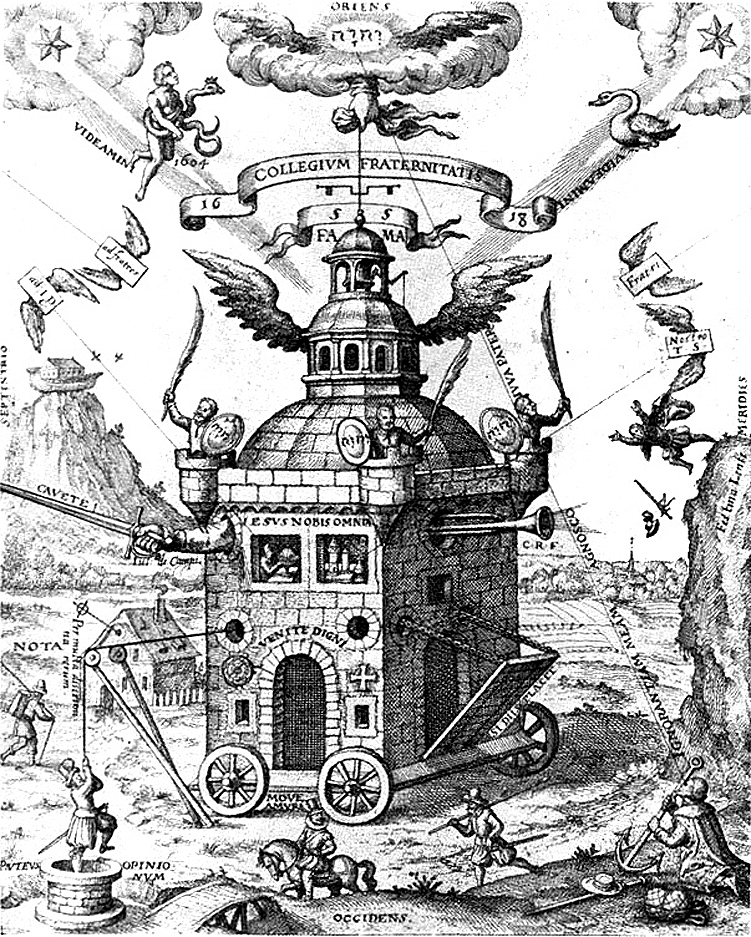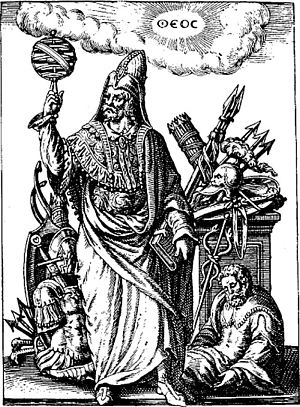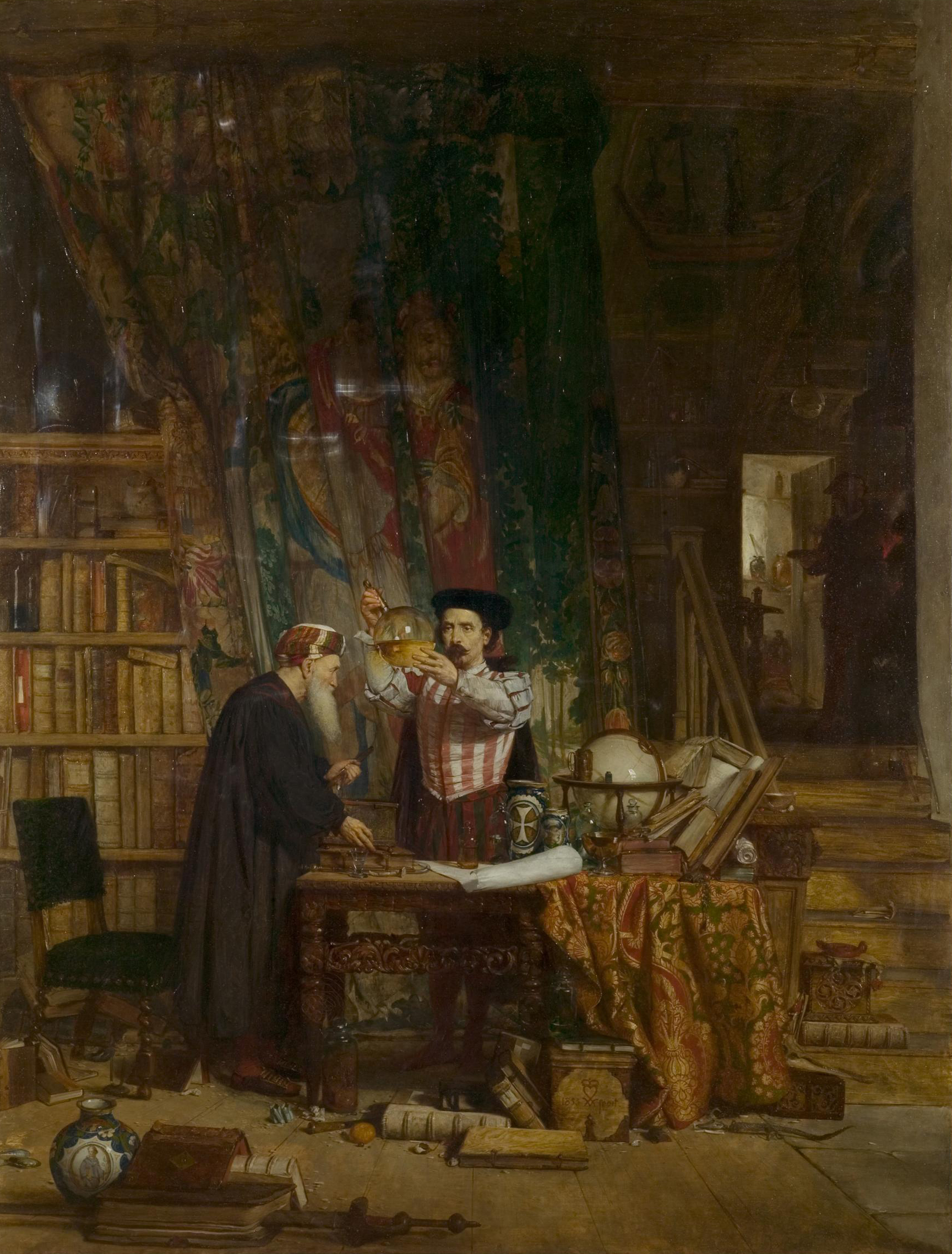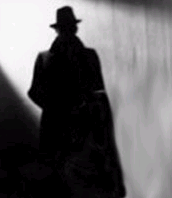It's about the Secret Societies practicing mystical arts at
recent times, this post doesn't aim to promote these groups
but I urged the readers better not to go with them.
These societies offers teachings towards cabala, alchemy, occult, voodoo, and magistracy.
Just like in Harry Potter series, the inter schools that teach different arts, its very similar,
there are a lot of books to be posted hereby after some few post, we will reach there as soon as possible.
*here..few were only given, there's still lots of em out there, search for them if
you were really interested.
Freemasonry

Freemasonry is a fraternal organisation that arose from obscure origins in the late 16th to early 17th century. Freemasonry now exists in various forms all over the world, with a membership estimated at around 5 million (including around 480,000 in England, Scotland and Ireland alone, and just under two million in the United States).[1][2] The various forms all share moral and metaphysical ideals, which include, in most cases, a constitutional declaration of belief in a Supreme Being.[3]
The fraternity is administratively organised into Grand Lodges (or sometimes Orients), each of which governs its own jurisdiction, which consists of subordinate (or constituent) Lodges. Grand Lodges recognise each other through a process of landmarks and regularity. There are also appendant bodies, which are organisations related to the main branch of Freemasonry, but with their own independent administration.
Freemasonry uses the metaphors of operative stonemasons' tools and implements, against the allegorical backdrop of the building of King Solomon's Temple, to convey what has been described by both Masons and critics as "a system of morality veiled in allegory and illustrated by symbols
The origins and early development of Freemasonry are a matter of some debate and conjecture. There is some evidence to suggest that there were Masonic Lodges in existence in Scotland as early as the late sixteenth century,[6] and clear references to their existence in England by the mid seventeenth century.[7] A poem known as "The Regius Manuscript" has been dated to approximately 1390 and is the oldest known Masonic text.[8]
The first Grand Lodge, the Grand Lodge of England (GLE), was founded on 24 June 1717, when four existing London Lodges met for a joint dinner. This rapidly expanded into a regulatory body, which most English Lodges joined. However, a few lodges resented some of the modernisations that GLE endorsed, such as the creation of the Third Degree, and formed a rival Grand Lodge on 17 July 1751, which they called the "Antient Grand Lodge of England". The two competing Grand Lodges vied for supremacy—the "Moderns" (GLE) and the "Antients" (or "Ancients")—until they united 25 November 1813 to form the United Grand Lodge of England (UGLE).
Rosicrucian Order

The term Rosicrucian (symbol: the Rose Cross) describes a secret society of mystics, allegedly formed in late mediaeval Germany, holding a doctrine "built on esoteric truths of the ancient past", which, "concealed from the average man, provide insight into nature, the physical universe and the spiritual realm. " [1]
Between 1607 and 1616, two anonymous manifestos were published, first in Germany and later throughout Europe[citation needed]. These were Fama Fraternitatis RC (The Fame of the Brotherhood of RC) and Confessio Fraternitatis (The Confession of the Brotherhood of RC). The influence of these documents, presenting a "most laudable Order" of mystic-philosopher-doctors and promoting a "Universal Reformation of Mankind", gave rise to an enthusiasm called by its historian Dame Frances Yates the "Rosicrucian Enlightenment".[2]
In later centuries many masonic and occult societies have claimed to derive their doctrines, in whole or in part, from the original Rosicrucians. Several modern societies, which date the beginning of the Order to earlier centuries, have been formed for the study of Rosicrucianism and allied subjects. However, many researchers[who?] on the history of Rosicrucianism argue that modern Rosicrucianists are in no sense directly linked to any real society of the early 17th century.
Order of the Golden Dawn

The Hermetic Order of the Golden Dawn (or, more commonly, the Golden Dawn) was a magical order of the late 19th and early 20th centuries, practicing a form of theurgy and spiritual development. It was possibly the single greatest influence on twentieth century Western occultism.[citation needed] Concepts of magic and ritual that became core elements of many other traditions, including Wicca,[1][2] Thelema, and other forms of magical spirituality popular today, are drawn from the Golden Dawn tradition.
The three founders, Dr. William Robert Woodman, William Wynn Westcott, and Samuel Liddell MacGregor Mathers were Freemasons and members of Societas Rosicruciana in Anglia (S.R.I.A.),[3] an appendant body to Freemasonry. Westcott, also a member of the Theosophical Society, appears to have been the initial driving force behind the establishment of the Golden Dawn.
The Golden Dawn system is based on an initiated hierarchal order similar to that of a Masonic Lodge, however women were admitted on an equal basis with men. The "Golden Dawn" is properly only the first or "outer" of three Orders, although all three are often collectively described as the "Golden Dawn". The First Order taught esoteric philosophy based on the Hermetic Qabalah and personal development through study and awareness of the four Classical Elements as well as the basics of astrology, tarot, and geomancy. The Second or "Inner" Order, the Rosae Rubeae et Aureae Crucis (the Ruby Rose and Cross of Gold), taught magic proper, including scrying, astral travel, and Alchemy. The Third Order was that of the "Secret Chiefs", who were said to be great adepts no longer in incarnate form, but who directed the activities of the lower two orders by spirit communication with the Chiefs of the Second Order.
Influences on Golden Dawn concepts and work include: Christian mysticism, Qabalah, Hermeticism, the religion of Ancient Egypt, Theurgy, Freemasonry, Alchemy, Theosophy, Eliphas Levi, Papus, Enochian magic, and Renaissance grimoires.
The fundamental basis of the original Order of the Golden Dawn was a collection of documents known as the Cipher Manuscripts, written in English using a cipher attributed to Johannes Trithemius. The Manuscripts give the specific outlines of the Grade Rituals of the Order, and prescribe a curriculum of specifically graduated teachings that encompass the Hermetic Qabalah, Astrology, occult tarot, Geomancy, and Alchemy.
According to the documents of the Order, the manuscripts were passed on from Kenneth Mackenzie, a Masonic scholar, to Rev. A.F.A. Woodford, whom Francis King acknowledges as the fourth founder[4] (although Woodford died shortly after the Order was founded).[5] The documents did not excite Woodford, and in February 1886 he passed them on to Dr. Westcott, who managed to decode them in 1887.[4] Westcott was pleased with his discovery, called on Mathers for a second opinion, and asked for cooperation in turning the manuscripts into a coherent system for lodge work. Mathers then called on William Robert Woodman to assist by being a third collaborator and Woodman, it seems, accepted.[4] Likewise, Mathers and Dr. Westcott have been credited for developing the ritual outlines in the Cipher Manuscripts into a workable format.[6] Mathers, however, is generally credited with the design of the curriculum and rituals of the Second Order, which he called the Rosae Rubae et Aureae Crucis ("Ruby Rose and Golden Cross", or the RR et AC).[7]
However, the true origins of the Manuscript remain a mystery to this day. Many theories as to their genesis have been put forward; there is a lack of concrete evidence supporting any of the theories over the others.





















